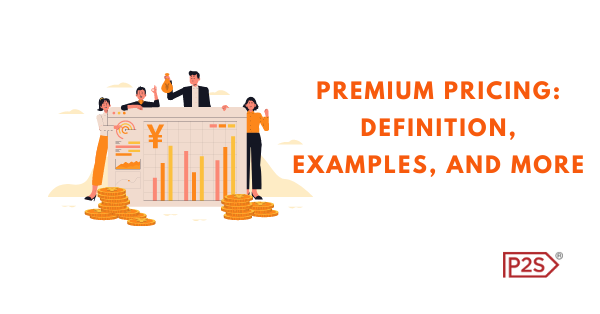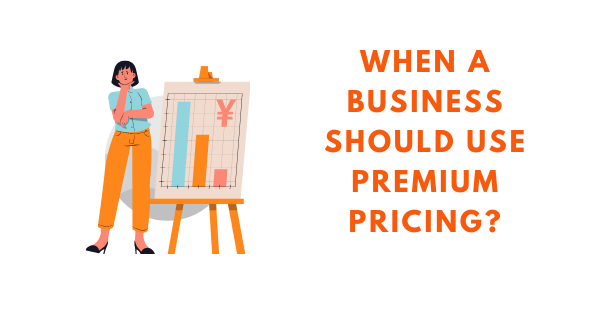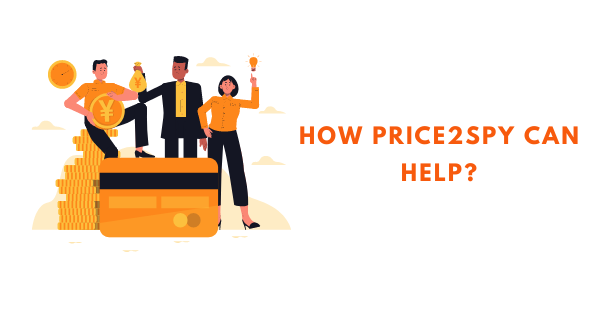Premium pricing: Definition, Examples, and More
You haven’t even properly started, and hard decisions need to be made. One of them is choosing the right pricing strategy. Now, you’ll usually hear that shoppers love lower prices. That’s not a lie, but is everyone really only looking for a cheap product? There are shoppers who are actually looking for exclusiveness, and that can’t be achieved with a low price.
In that case, the right approach would be a premium pricing strategy.

What is it? Who should use it and when? What are the pros and cons?
There’s no need for confusion, we’re gonna explain everything.
What is premium pricing?
Unlike most pricing strategies which involve pricing competition (meaning: lowering the prices in order to ensure a better market position), premium pricing means taking the high-price position, and sticking to it!
Hence, premium pricing leaves the customers with the impression that the expensive product offers higher quality. Of course, this strategy can’t meet that goal on itself – it needs to be coordinated with the appropriate marketing strategy.
Free 14-day trial!
Start your Price2Spy trial now, and see how it can ease the process of implementing your pricing strategy.
Try for freeNaturally, luxury brands are what come first to our minds when we talk about premium pricing, but there are other businesses that can make use of this pricing strategy as well.
Like any other strategy, this one also has its advantages and disadvantages. When deciding whether this is the right choice for your business, you should pay attention to its pros and cons.
Advantages and disadvantages of premium pricing
All pricing strategies are demanding, and premium pricing is not an exception. It requires a detailed investigation – evaluating the company’s position, targeted audience, and so on.
Even though you can never have guarantees that you will succeed, you shouldn’t make overnight decisions, but instead more informed ones.
This list of advantages and disadvantages will help you to do just that.
- Advantages of premium pricing
Some of the advantages are pretty self-explanatory, but, the catch is to do it right.
- Naturally, premium pricing means higher profit. It’s basic math – higher prices lead to higher profits.
- As we previously mentioned, premium pricing is directly connected to the brand’s perception. It creates a luxury concept or at least a high-quality reputation.
- High prices, together with high quality usually result in creating a more closed environment. In other words, entering the market won’t be so easy for the new competitors. Premium pricing means that a few businesses are able to position themselves at the top, and therefore create some sort of a monopoly.
- Disadvantages of premium pricing
While other pricing strategies depend mostly on other competitors and market conditions, premium pricing relies on the context that surrounds your product.
- In order to even consider using this pricing strategy, you must be sure what is your USP (unique selling point). A high price can’t be justified just by the fact that you have decided to do so. A point that needs to come across very clearly is why someone should pay more for your product. What differentiates it from all the other similar products?
- One of the very common ways of fighting in a competitive market is by changing the price. As you already know, that might cause a price war. With premium pricing that is not an option. You can’t fight for your market position by lowering the price, which sets your competition in a better position. However, if your initial investigation has been done properly, your targeted customers shouldn’t even be interested in lower prices.
- Premium pricing also means that your products won’t be accessible to the mass market. In other words, this means that you are voluntarily withdrawing out from a certain market share.
So, now that we know what are some of the main pros and cons of this strategy, we should see what businesses would benefit the most from premium pricing.
When a business should use premium pricing?

So far you’ve understood that premium pricing is closely connected to the company’s reputation and customer loyalty. These two factors can’t be achieved by the price. Moreover, this means that your customers will remain loyal to you regardless of the price – they are looking for a higher value.
Another important point is that customers are actually convinced that other customers are willing to pay the premium price as well. That comes as a result of creating a well-known brand name.
There’s a lot of psychology behind this. For example, buying regular, inexpensive clothes fulfills the purpose of wearing clothes. But, there is still a fair amount of people who buy very expensive designer clothes. Why is that?
The answer lies in the products’ social value. In marketing, this is known as brand equity. Brand equity lies in customer’s brand perception and social associations that can be drawn from it.
Besides the fashion industry, premium pricing can be applicable to the tech industry as well. Apple would probably be the best example.
But, what about SaaS companies? They already have a narrow audience to begin with, so is premium pricing even applicable in their case?
Is premium pricing the right solution for SaaS companies?
Maybe contrary to popular belief, premium pricing found its place in SaaS companies. Can it be considered as the right solution? The answer can be both yes and no.
SaaS companies can find their place across different market segments, but at the same time, the competition is very fierce.
Therefore, using only the premium pricing wouldn’t be the smartest option. Most SaaS companies use in fact something that could be called partly premium pricing.
Partly premium pricing means that there are both premium and basic price plans. This approach works because customers can clearly understand that premium price comes with features that are very different from the ones available in basic price plans.
How Price2Spy can help?

The theory is important, but as much as a detailed investigation you conduct, the clear picture will be seen once you start implementing the pricing strategy. That is the crucial moment. You can’t afford to use a pricing strategy that clearly shows poor results.
Sometimes that’s pretty hard to detect on your own, so the help of a price monitoring tool could be beneficial. Price monitoring tools, such as Price2Spy, will help you to know timely if a pricing strategy works or not.
Also, you must be aware of your competitor’s actions. How they are reacting to price changes, are they trying to constantly lower the price, or even doing some price violations?
If a market is very competitive, and it also shows high price sensitivity, chances to maintain the market position on your own is almost impossible.
Just then you will understand why Price2Spy has the reputation that is second to none in the price monitoring industry! More than 720 clients confirm this!
Let’s wrap it up
Before you jump into premium pricing, make sure that you’ve evaluated all the pros and cons. As we said, you need to be certain that you are providing a higher, special offer that can justify the higher price.
If you need help with choosing your pricing strategy, or testing if it works correctly, you can always start your free Price2Spy trial.
Have you ever considered using premium pricing? Is there any other strategy that you prefer? Feel free to share your impressions with us!



